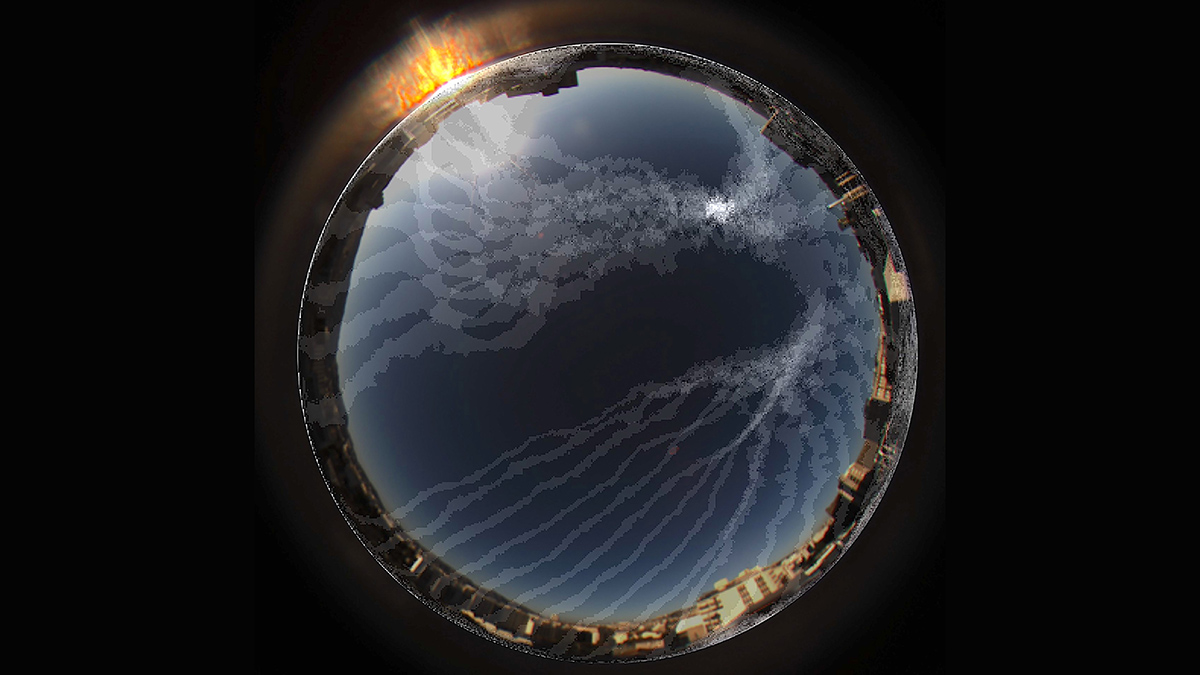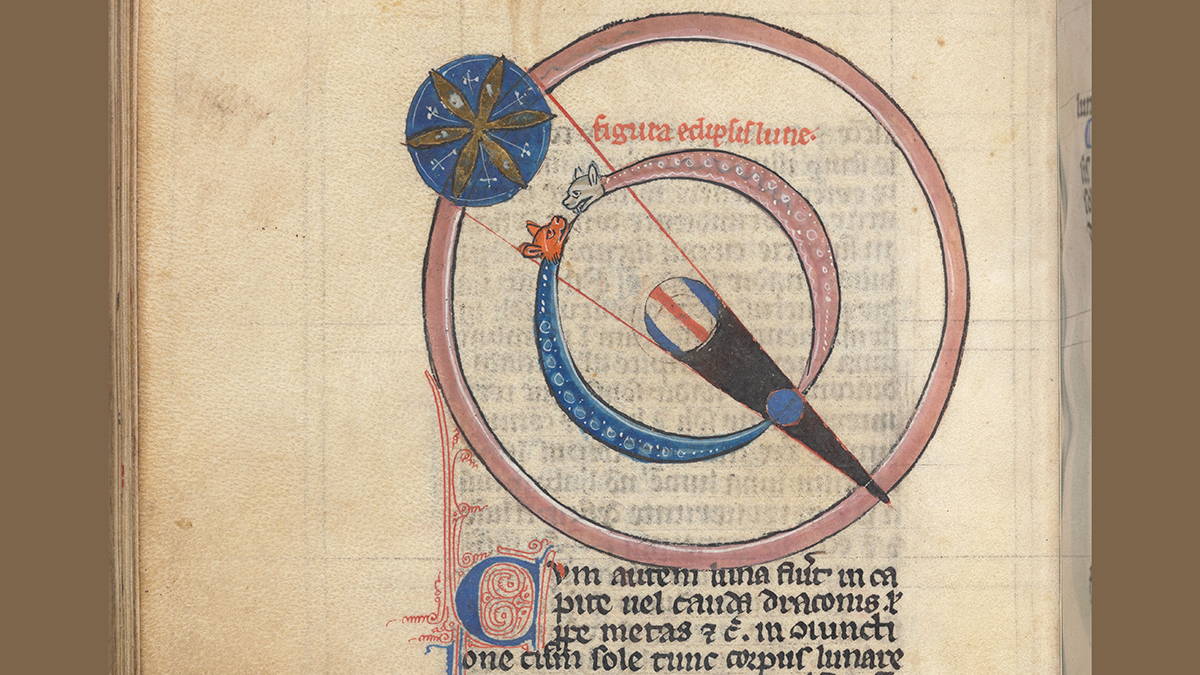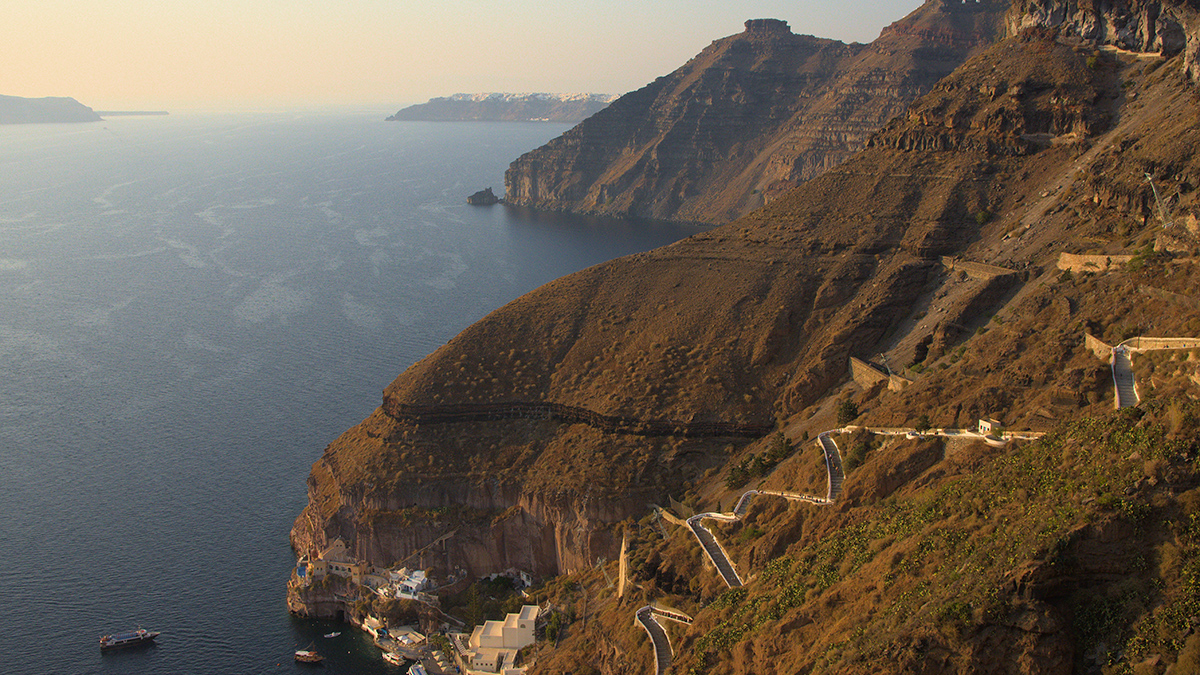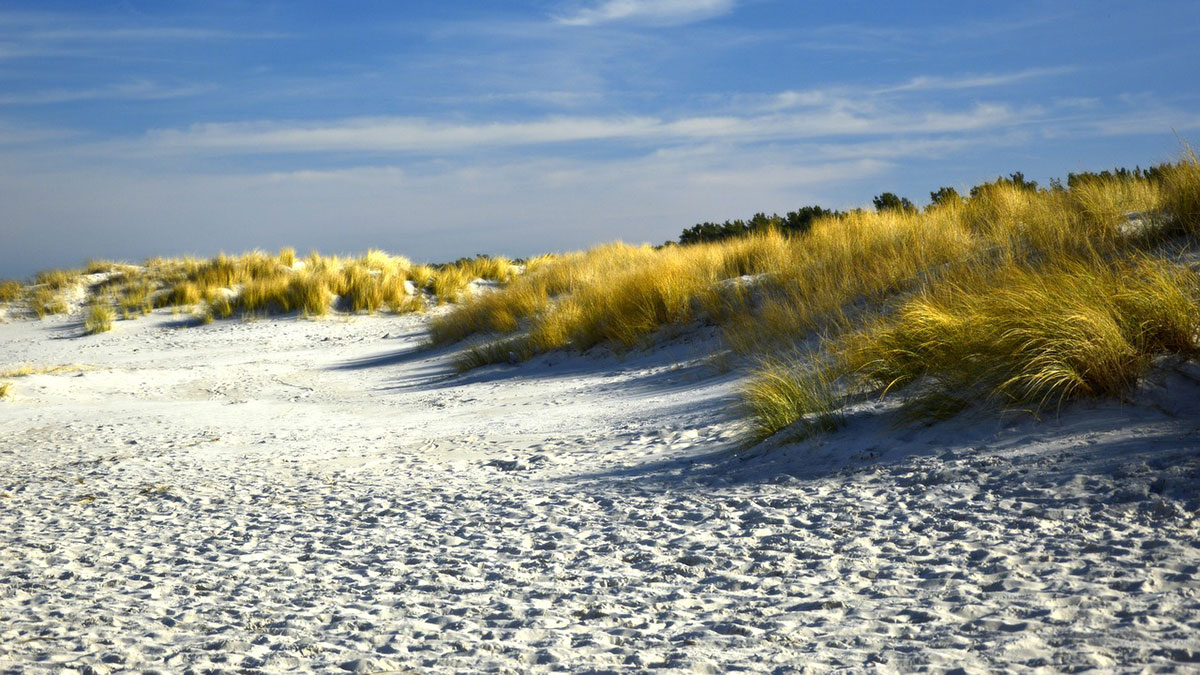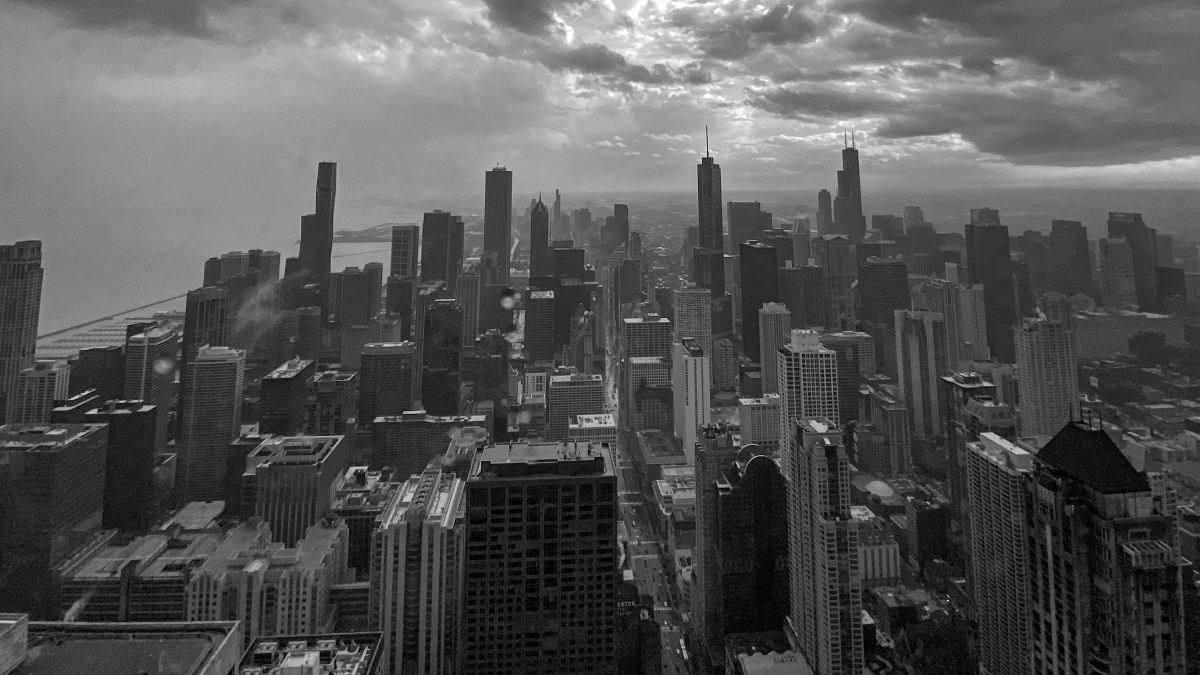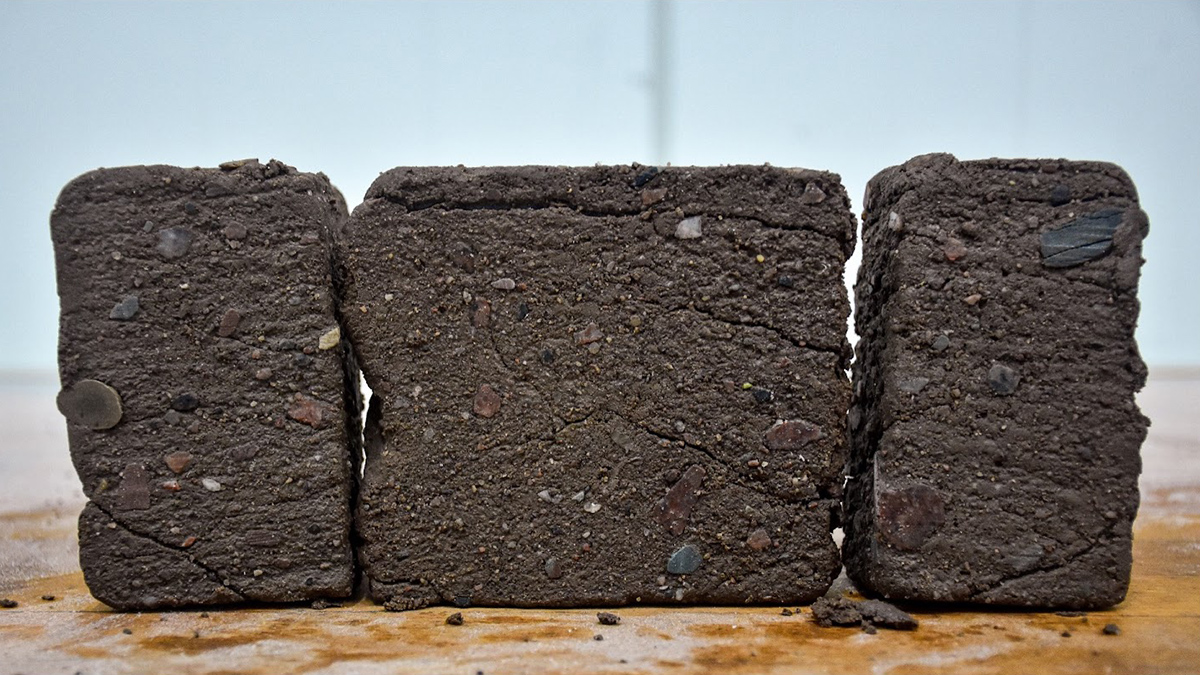Researchers explored a method for locating true north using the polarization patterns of daylight.
News
Eclipse Records Pin Dates of 12th and 13th Century Eruptions
Ancient accounts of dark and blood-red moons help scientists peek at past eruptions and their effect on global climate.
Winds Clear Sea Ice Through Fertile Arctic Waters
The North Water polynya might not be as dependent on a sea ice bridge as previously thought, but not everyone is convinced.
Temperature Extremes Hit Lower- and Middle-Income Countries Hardest
Smaller cities in these regions are less likely to have infrastructure to deal with extreme climates.
Decoding an Ancient Tsunami from the Ground Up
The seafloor around Santorini is helping scientists investigate forces behind the devastating Minoan tsunami.
Where the Ground Gives Way
Sinkholes are a significant hazard, but where are they most likely to happen? A new study identifies hot spots in the contiguous United States.
Las plantas construyen dunas pero pueden acelerar la erosión durante tormentas fuertes
Cuando las olas golpean las dunas con vegetación, se forman áreas anegadas frente a las plantas, lo que facilita que la arena sea arrastrada por la corriente más fácilmente. Sin embargo, las plantas aún son necesarias para formar las dunas en primera instancia.
Underground Heat Could Be a Problem, or a Perk, for Chicago Buildings
Heat released by old and inefficient Chicago buildings could, if harnessed, be an energy solution.
Greenland Was Much Greener 416,000 Years Ago
A fresh analysis of a historic ice core has revealed evidence of a much smaller ice cap.
Astronomers May Have Spotted the Birth of a Planet
Lumps of dust are spiraling around a young star 5,000 light-years away. They could be Jupiter-like planets in the making.

